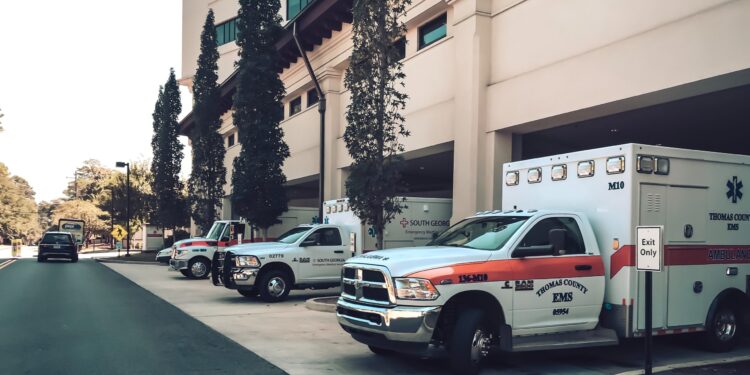Every EMT, Paramedic and First Responder knows the importance of staying organized. Most EMS providers receive calls on their cell phones which means taking down important information in a timely manner is even more critical than ever before. The following are three software features that every mobile-based Emergency Medical Service (EMS) organization must have or develop to ensure accurate data entry into dispatch centers after receiving any type of call, call status updates, quick response times and improved patient care coordination among all first responders.
NEMT dispatch should be able to track both medical and non-medical transfers.
Medical Transfers vs Non-Medical Transfers : Not all transfers are created equal. For example, a non-medical transfer occurs when a patient chooses to go to a different facility for care. Even though this may be the wrong choice from the provider’s standpoint, it is still an area of responsibility and must be tracked. If an EMS organization’s dispatch does not offer this feature, another system should be utilized or one should be developed in house.
Why Non-Medical Transfers Are Important:
It is important that EMTs and dispatchers know which types of calls require follow up after completion of the run sheet to ensure that patients get connected with help at their destination facility. For example: if a patient arrives at the hospital and there is no one there to receive them and they call 911 again, how will EMS providers know to go back out there? If the patient was only dropped off at the hospital and not admitted, this information needs to be conveyed so that proper follow up can occur.
The ability for dispatch to see all transfer locations in real time is important when determining call status updates. The only way EMS providers will know if a patient arrives at their destination or not is if they have seen it happen in the NEMT dispatch system in RouteGenie.
Call Status Updates:
Every time an EMT finishes a run sheet, they must communicate with dispatch by updating call status which typically means confirming that the patient was transported or discharged from their care either at home or at another facility. Call status should be able to be updated any time between patient contact through completion of their run sheet.
Why Call Status Updates Are Important:
The only way for NEMT dispatch to know if a patient has been transported or discharged is if the call status is updated by the provider. This ensures that no unnecessary second trips are made to pick up patients at their homes or other care facilities after they have already been transported, and it also assists in tracking transport times which directly benefits all first responders.
Patient Tracking:
Not every EMS organization will have this feature, but some do offer it as an add-on service. Every EMT must have the ability to bring up patient information within NEMT dispatch while en route to a scene so they can get additional information about the situation immediately without having to wait until arriving on scene.
Why Patient Tracking Is Important:
Paramedics and EMTs need to know these important bits of information in real time when responding to a call. This is a valuable tool for patients with special circumstances such as allergies, diabetes or other conditions that could be life-threatening if not properly treated. Being able to see patient information will also reduce the risk of errors during patient hand off at the hospital. In addition, this function becomes extremely valuable when more than one ambulance responds to a scene because it enables providers who have not seen the situation yet to do so via patient history without putting themselves in harm’s way unnecessarily.
Once all three essential NEMT scheduling software features are consolidated in one system, EMS providers can cross reference these functions with the traditional run sheet to drive home the value of this technology to all levels within an EMS system.











